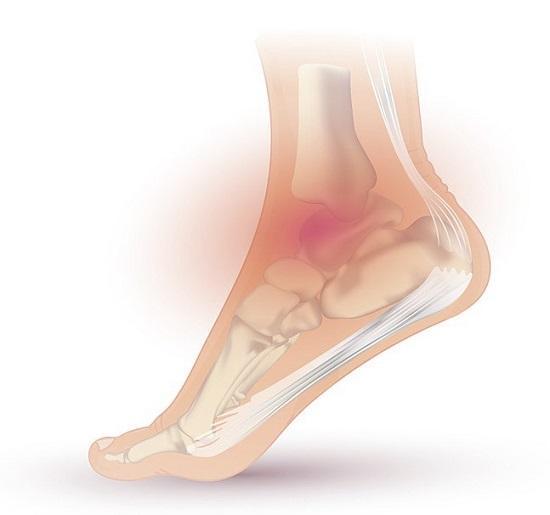When you experience a sprain, the first thing you want to do is take action to reduce the swelling and pain. One of the most common questions when it comes to treating sprains is whether to use ice or heat. In this article, we will discuss when to use ice or heat, and how to treat sprains and other sports injuries.
- When to use ice: Ice is the recommended treatment for sprains because it helps to reduce inflammation and swelling. Inflammation is a natural response to injury and is necessary for healing, but too much inflammation can delay healing and cause pain. Ice works by constricting blood vessels, which reduces blood flow to the area and thus reducing inflammation. The decrease in blood flow also numbs the area, providing pain relief. Ice should be applied to the injured area for 20-30 minutes at a time, with at least a 20-minute break in between. It is important to never apply ice directly to the skin, always wrap it in a towel or cloth. Ice should be applied immediately after the injury and for the first 24-48 hours.
- When to use heat: heat should not be applied to a sprain immediately after an injury as it can increase inflammation and swelling. Heat is beneficial for injuries that are chronic or recurring, as it can help to increase blood flow and reduce stiffness. However, after the initial period of ice treatment, heat can be used for chronic or recurring injuries that have already been treated with ice. Heat can help to increase blood flow and reduce stiffness in these types of injuries. Within three days, the swelling should reach its peak and you can switch to heat therapy. However not all injuries are suitable for this treatment; bones or joint aches respond better to cold compressions. Heat is more effective with muscle fibers as it helps relax them while also getting your range of motion back. It increases blood flow which in turn warms up muscles, so use it before a workout session or physical activity! It is important to consult a healthcare professional to determine the appropriate treatment plan for the injury.
- The R.I.C.E. method: When it comes to treating sprains, it’s important to remember the R.I.C.E. method: Rest, Ice, Compression, and Elevation. Resting the injured area is crucial for healing. Applying ice to the area helps to reduce inflammation and swelling. Compressing the area with an elastic bandage can also help to reduce swelling and support the injury. Elevating the injured area can also help to reduce swelling by allowing gravity to work in your favor. The R.I.C.E method is a simple yet effective way of treating sprains, it is easy to follow and can be done at home.
- Seek medical attention: It is also important to seek medical attention if you suspect a severe sprain or if you experience severe pain, swelling, or difficulty bearing weight on the affected limb. A severe sprain may require a brace, crutches, or even physical therapy to fully heal. A healthcare professional can accurately assess the injury and provide the appropriate treatment plan. They can also provide guidance on when to start weight bearing and when to return to normal activity. It is also important to follow up with a healthcare professional to ensure proper healing and to prevent further injury or complications.
- Prevention: Remember that the best way to prevent sprains is to stay active and engage in regular exercise and stretching to keep your muscles and joints strong and flexible. Wearing proper footwear, using proper technique during physical activity, and warming up before exercise can also help to reduce the risk of sprains. It is also important to take precautions in hazardous areas, such as wet or uneven surfaces, to reduce the risk of falls.
- Recovery: Recovery time can vary depending on the severity of the sprain, but it is important to allow enough time for the injury to heal. It is important to follow the R.I.C.E. method, use ice as needed and avoid activities that cause pain. Gradually increasing activity and strength training can help to speed up recovery and prevent future injuries.
In conclusion, sprains are a common injury that can be treated with the R.I.C.E. method of rest, ice, compression, and elevation. It is important to use ice immediately following the injury and for the first 24-48 hours. Heat should not be used on a sprain. If you suspect a severe sprain or experience severe pain, swelling, or difficulty bearing weight on the affected limb, it is important to seek medical attention. Prevention and recovery are also important for preventing future injuries and ensuring proper healing. It is important to consult a healthcare professional to determine the appropriate treatment plan for the injury.










